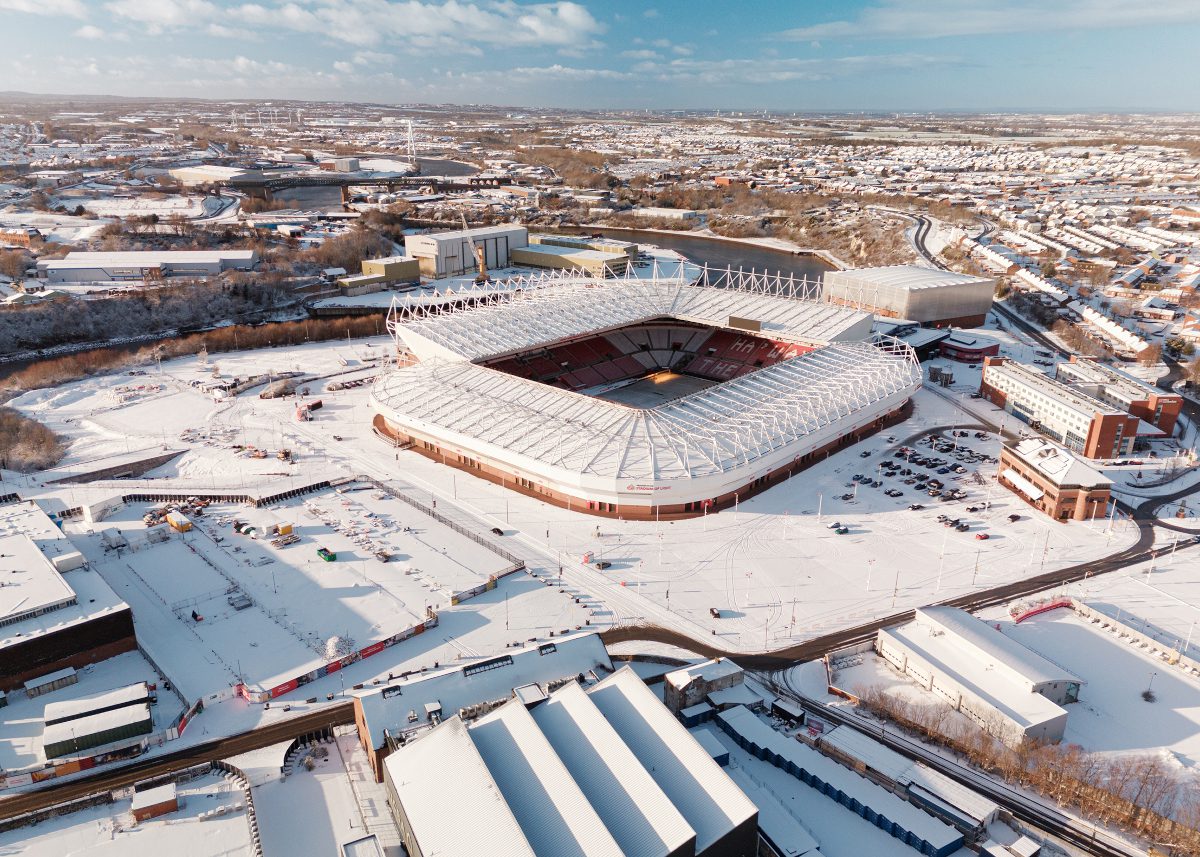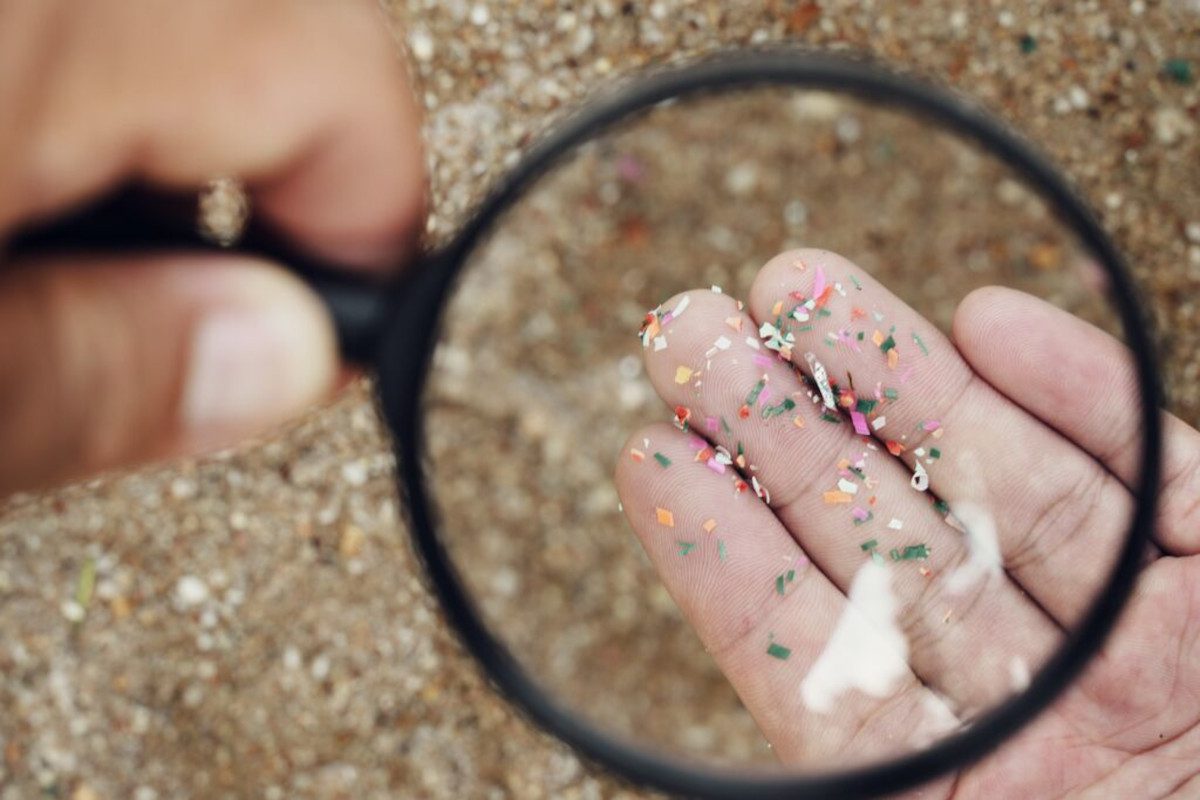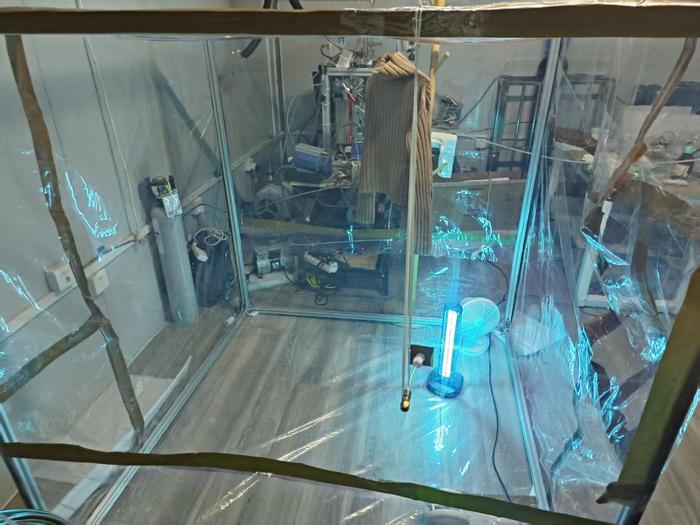The United States needs to build vast amounts of renewable energy, and rural communities have an abundance of flat cropland that can accommodate wind and solar power.
But the push to build utility-scale renewable energy projects is facing opposition from many rural residents and local governments. The most common objections are that energy projects will harm the visual landscape and alter the character of a place.
“The biggest challenge in rural communities is people don’t like change,” said Paul Mason, a fourth-generation dairy farmer in southeastern Pennsylvania. He allowed a solar company to build a project on seven acres of his land, but he can understand why others object to development.
New research from the University of Pittsburgh helps to broaden understanding of what factors drive rural attitudes about solar power. The authors interviewed 32 farmers and 16 nonfarmers in an area along the Pennsylvania-Maryland border that includes two counties in each state. They found that projects are more likely to be welcomed if they are smaller and built with respect for the landscape.
The legacy of coal production plays a role in public views, with some people hostile to renewable energy because they see it as a competitor for the coal that once was essential for the local economy. Others said they were open to new energy projects in part because of the opportunity to revitalize the economy without the environmental and health damage they associate with coal.
“My kind of approach to business is, ‘How can I look out for my operation without being detrimental to other people?’” Mason said.

He participated in a 2021 solar conference that the paper mentions, but he was not one of the farmers interviewed by the authors. His farm is in Nottingham, Pa., which is east of the area in the paper.
He is pleased with the solar project on his farm, but wouldn’t want to host a large, utility-scale development, which can occupy hundreds or even thousands of acres.
“That’s no longer diversification,” he said. “That’s changing my business.”
The authors conducted interviews with a promise of anonymity so the respondents would be comfortable speaking freely.
The lead author is Shanti Gamper-Rabindran, an economist at the University of Pittsburgh Graduate School of Public & International Affairs. She said she came away from this project optimistic that development can happen in a way that gets support from rural communities.
One of the key concepts in the paper is the emotional connection between farmers and their land.
“Farmers’ place attachment to farmland is complex,” the authors wrote in the paper, published in the journal Energy Research & Social Science. “They derive a sense of peace and security from their farms and feel an obligation to nurture their land. They use their farms to provide a secure place and livelihood for their family and to leave a legacy and homestead for their heirs. If farmers perceive an energy project as protecting the valued attributes of place, whether by enhancing its economic viability (thus enabling them to continue owning, working and living on the land) or cultural meaning, they are more likely to support that project.”
Explore the latest news about what’s at stake for the climate during this election season.
The paper touches on how misinformation and disinformation can play roles in local debates. An example is how opponents of development talk about their fears that runoff from solar panels contain dangerous levels of chemicals that can get into the water supply and make people sick. I am aware of no reliable evidence to support this concern.
Some of the interview subjects knew that this information was false, or at least dubious, and they suspected that it originated from people who were acting out of a desire to kill a project.
Others cited misleading or inaccurate information as if it was fact.
The paper gives appropriate weight, in my view, to the role of misleading information in local debates.
I’ve done a lot of reporting in rural areas that have strong disagreements about renewable energy development. In my experience, the leading factors fueling the opposition are concerns about changes to the visual landscape and a loss of rural identity, followed by objections about who is getting the financial benefit. Misinformation is a factor, but not a leading one, and I find that its role gets overstated sometimes.
I’ve seen many examples of developers who are effective at soliciting local opinions and making changes to minimize the perception of harm. Some common modifications include increasing the setbacks between a project and neighboring property or roads, and agreeing to plant vegetation that blocks or reduces the view of a project. (Sometimes, no amount of revision is enough and the opposition refuses to bend, as I wrote about with Birch Solar in Ohio.)
Developers should read this paper, and I suspect the best developers have already done these kinds of interviews to understand rural attitudes.
It is possible for the country to build the solar it needs, and do so in a way that respects local communities and gives them an appropriate share of the benefits. But it will require lots of listening and compromise.
Other stories about the energy transition to take note of this week:
Biden Climate Chief Says There Isn’t Much Spending the GOP Can Claw Back from IRA: White House adviser Ali Zaidi says the Biden administration is taking steps to lock in the hundreds of billions of clean energy investments in the Inflation Reduction Act, which would reduce the possibility that Donald Trump could rescind some of that money, as Josh Siegel reports for Politico. Trump has said he would dismantle the IRA, a law that was designed to boost U.S. manufacturing of clean energy equipment, if he’s reelected.
Microsoft’s Deal to Bring Back Three Mile Island Is Part of Big Tech’s Quid Pro Quo With Nuclear Power: Microsoft has struck a deal with Constellation Energy to restart one of the reactors at Three Mile Island to provide electricity for artificial intelligence data centers. Deals like these are raising the hopes of the nuclear industry that rising electricity demand from data centers will lead to a nuclear revival, as Matt Reynolds reports for Wired. In some cases, key people from tech companies have financial interests in nuclear companies, such as OpenAI CEO Sam Altman, who also serves as board chair for nuclear startups Oklo and Helion Energy.
Big Steel Buyers Make a Request for 1 Million Tons of Green Steel: During Climate Week NYC, members of the Sustainable Steel Buyers Platform launched a competitive bidding process for 1 million metric tons of “near-zero emissions” steel per year in North America by 2028, as Maria Gallucci reports for Canary Media. The buyers organization is organized by RMI, the research and advocacy group, and its members include corporate giants such as Amazon and Microsoft. The idea behind the bidding process is to make clear that there is a market for steel made with low-emissions processes, and encourage steel companies to produce this product.
Two Kinds of Ocean Energy Inch Forward Off the Oregon Coast: The coastal waters of Oregon are shaping up to be key for two forms of renewable energy: wave power and floating wind turbines. Wave power is the harnessing of power generated by tides, currents or waves, while floating wind turbines are turbines that are affixed to the sea floor with cables rather than a rigid foundation. Claire Rush and Jennifer McDermott report for the Associated Press about some of the initial efforts in Oregon.
BLM Plan for Solar on Public Lands Sparks Enthusiasm and Misgivings in the West: The Bureau of Land Management plans to make 32 million acres available to solar developers, although only a fraction of that is likely to be used and much more land would be put off limits to development. My colleagues Wyatt Myskow and Jake Bolster report on the wide range of views in this area, from optimism to fears that development will damage the landscape.
Inside Clean Energy is ICN’s weekly bulletin of news and analysis about the energy transition. Send news tips and questions to [email protected].
About This Story
Perhaps you noticed: This story, like all the news we publish, is free to read. That’s because Inside Climate News is a 501c3 nonprofit organization. We do not charge a subscription fee, lock our news behind a paywall, or clutter our website with ads. We make our news on climate and the environment freely available to you and anyone who wants it.
That’s not all. We also share our news for free with scores of other media organizations around the country. Many of them can’t afford to do environmental journalism of their own. We’ve built bureaus from coast to coast to report local stories, collaborate with local newsrooms and co-publish articles so that this vital work is shared as widely as possible.
Two of us launched ICN in 2007. Six years later we earned a Pulitzer Prize for National Reporting, and now we run the oldest and largest dedicated climate newsroom in the nation. We tell the story in all its complexity. We hold polluters accountable. We expose environmental injustice. We debunk misinformation. We scrutinize solutions and inspire action.
Donations from readers like you fund every aspect of what we do. If you don’t already, will you support our ongoing work, our reporting on the biggest crisis facing our planet, and help us reach even more readers in more places?
Please take a moment to make a tax-deductible donation. Every one of them makes a difference.
Thank you,


















